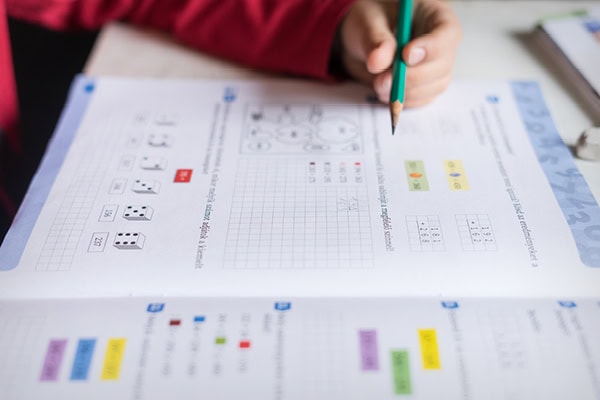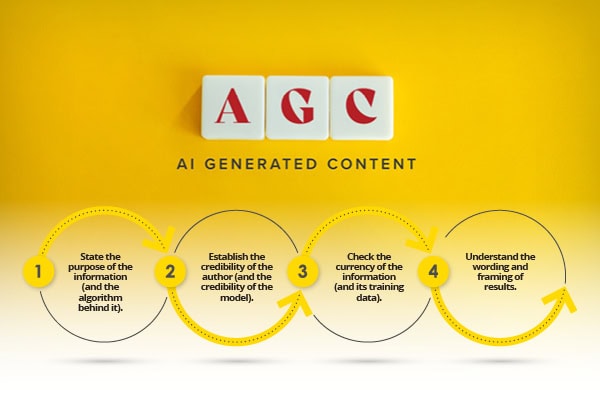More than a decade after being recognized as the Arkansas 2007 teacher of the year, Justin Minkel still found himself flustered when his principal slipped into the back row of class, according to Education Week. “When my principal walks in with her laptop or a clipboard and pen, I’m instantly afflicted by a crippling self-doubt I haven’t felt since junior high.”
Five years later, his jitters over observations continue to hit home for classroom teachers.
In a lively conversation of 280 comments, readers volunteered their own success stories of the observation process working well and commiserated over their shared frustrations.
“I personally don’t mind them,” wrote Facebook commenter Lacey Peters, “because I am a self -criticizer and usually the admin is saying much more positive things about my teaching even when I think the lesson went horribly!”
“I don’t have feelings of self-doubt,” another commenter, Rebecca Salomonsson, wrote, “I have feelings of resentment that someone is in my room actively taking notes on me. What other profession does this to its professionals? My husband is an engineer. He is trusted to do his job.”
The deciding variable for many Facebook commenters’ impressions of being observed seemed to be how much they trusted the administrators observing them. How to build a bridge of support rather than judgment between teacher and principal has long been a source of inquiry for educators writing in Edweek’s Opinion pages.
In her 2022 essay “The Most Important Thing Principals Can Do in a Teacher Observation,” English teacher Kelly Scott charts the lasting impact of a single moment of encouragement in her first year of teaching. That memorable observation started with just one word: “Wow!”
“He knew that what I really needed—more than professional development, more than goal setting and professional standards—was someone to cheer me on,” she recalled of her administrator’s enthusiastic feedback during that vulnerable first observation.
Two years ago, when teacher blogger Larry Ferlazzo asked his peers for best practices when administrators (or other teachers) observe their lessons, 19 contributors shared their own ideas. His four-part Education Week series on the topic rounded up a slew of their actionable guidance and emotional reflections:
- 18 Ways to Improve Teacher Observations (Jan., 2022)
- How to Make Teacher Observations (Almost) Stress-Free (Feb., 2022)
- Throw Out the Protocol for Teacher Observations. Use Common Sense Instead (Feb., 2022)
- How to Create a Positive Atmosphere for Teacher Observations (Feb., 2022)
It’s not just teachers with a stake in the observation process; administrators have had their say as well.
In “How You Deliver Professional Learning Says a Lot About You,” Atlanta Assistant Principal NaTasha Woodey-Wideman urged principals to be intentional about the goals of a specific professional learning effort and then use teacher observations in service of those goals: “If the focus of a session is to provide teachers with tools for formative assessment, the lens of subsequent teacher observations should be formative assessment. After a session on building a strong classroom culture, walk-throughs should focus on culture.”
She offers this reminder: professional learning efforts should put an emphasis on the learning: “We tend to forget that teachers are also learners.”
Peter DeWitt wrote an Education Week opinion piece in 2015, asking readers: “Leaders: Are Your Teacher Observations Active or Passive?”
He cautioned against a box-checking approach to teacher observations, noting, “It is often seen as a process to get done … instead of a process to get done right.” Principals need to structure the process less like distant evaluators and more like instructional coaches, DeWitt proposed.
In the near future, some of those moments of professional coaching may not just come from fellow teachers—or even fellow humans. Drawing on their work designing a natural-language-processing tool to provide teachers immediate feedback after a lesson, researchers Jing Liu, Dora Demszky, and Heather C. Hill invite readers to “imagine a world where we could harness the power of AI to provide teachers with automated, valuable feedback.”
This shouldn’t come at the expense of interpersonal relationships in schools but rather work in service of building even stronger ones, they argued in “AI Can Make Education More Personal (Yes, Really).”
Whether tech-assisted or otherwise, one fundamental remains true: There’s no ignoring the emotional vulnerability of the teachers being observed.
To return to Justin Minkel’s appraisal of the observation process, the stakes can feel high. “It’s not just our professional competence that’s wrapped up in an observation, but a sense of our worth as human beings.”
Education Week





